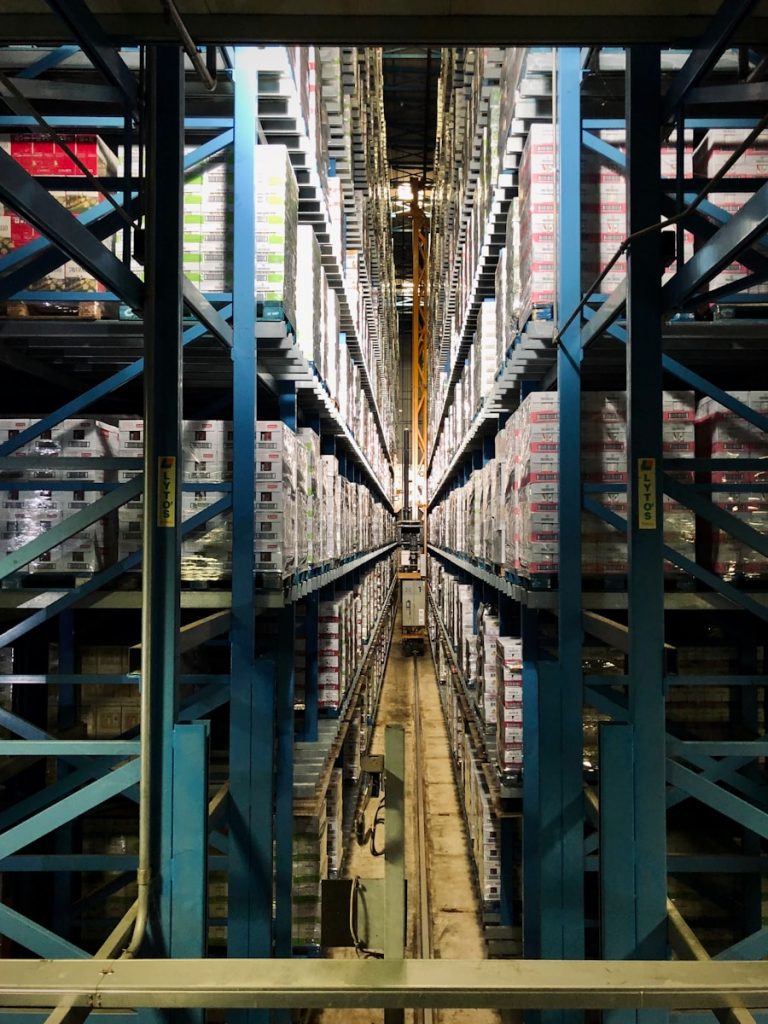In recent years, the demand for convenience foods has surged globally, driven by changing lifestyles, increasing urbanisation, and the growing preference for easy-to-prepare meals. This shift has necessitated significant evolution in the production lines that manufacture these foods, integrating advanced technologies and processes to enhance efficiency, safety, and sustainability. This article explores how convenience food production lines are evolving to meet these increased demands.
Automation and Robotics
One of the most significant changes in convenience food production lines has been the increased use of automation and robotics. These technologies have transformed operations, from ingredient handling to packaging. Things like automated shrinkwrap machine systems and robots are now employed to perform repetitive tasks such as sorting, chopping, mixing, and assembling ready-to-eat meals. This not only speeds up the production process but also reduces the potential for human error and improves consistency in product quality.
Robotics technology, especially, is being used for more complex tasks such as precision cutting of meats and vegetables, decorating baked goods, and customising food assembly based on specific dietary requirements. These innovations help manufacturers quickly scale up their production capabilities to meet fluctuating demands without compromising on quality.
Advanced Processing Techniques
To extend shelf life and maintain the nutritional and sensory qualities of food, manufacturers are turning to advanced processing techniques such as High-Pressure Processing (HPP), pulse electric fields, and ultrasonic processing. These methods are considered better alternatives to traditional heat treatments as they minimise nutritional loss and maintain the freshness of food without the extensive use of preservatives. Such technologies are particularly crucial in the production of convenience foods, where health and convenience are often paramount to the consumer.
Data Analytics and AI
Data analytics and artificial intelligence (AI) are increasingly being utilised to optimise production lines. By analysing data collected from various stages of the manufacturing process, AI can predict equipment failures, streamline operations, and enhance inventory management. Predictive maintenance models can forecast potential breakdowns and suggest interventions, thereby reducing downtime and increasing productivity.
AI is also used in quality control processes, employing vision systems and sensors to detect defects and inconsistencies in real-time. This ensures that only products that meet strict quality standards reach the consumer, enhancing brand reputation and customer satisfaction.
Sustainability Practices
As consumer awareness of environmental issues grows, there is an increasing expectation for convenience food producers to adopt sustainable practices. Production lines are evolving to reduce waste, conserve energy, and utilise sustainable materials. For instance, many companies are optimising their water usage, recycling by-products, and reducing greenhouse gas emissions through more efficient machinery and practices.
Packaging innovations also play a crucial role; there is a shift towards using recyclable, biodegradable, or even edible packaging materials. These efforts are not only aimed at reducing the environmental footprint but also at meeting the regulatory requirements and consumer demands for more sustainable options.
Flexibility and Adaptability
Finally, flexibility and adaptability are increasingly important features of modern convenience food production lines. Manufacturers are investing in versatile equipment that can handle a variety of food products and packaging types. This allows them to easily switch between product lines to respond to market trends, seasonal demands, or new consumer preferences.
Conclusion
The evolution of convenience food production lines is marked by significant technological advancements and a shift towards more sustainable and efficient practices. As the global demand for convenient, high-quality, and nutritious foods continues to grow, the role of innovation in production processes becomes increasingly critical. Manufacturers who invest in cutting-edge technologies and adapt to changing consumer preferences will likely lead in the highly competitive convenience food market.
Furthermore, the future success of these production lines will depend not only on technological adoption but also on the ability to anticipate and respond to consumer trends. This includes a greater emphasis on health-conscious products, environmentally friendly packaging, and ethically sourced ingredients. The challenge for manufacturers will be to balance efficiency and cost-effectiveness with these evolving consumer demands, ensuring that they can quickly adapt to new market conditions without compromising on quality or sustainability.
By embracing these changes, the convenience food industry can ensure it remains resilient, relevant, and capable of providing value to consumers who prioritise speed, convenience, and health. In essence, as convenience food production lines continue to evolve, they will not only reflect technological progress but also broader social and environmental shifts, heralding a new era of innovation and responsibility in food production.


0 Comments